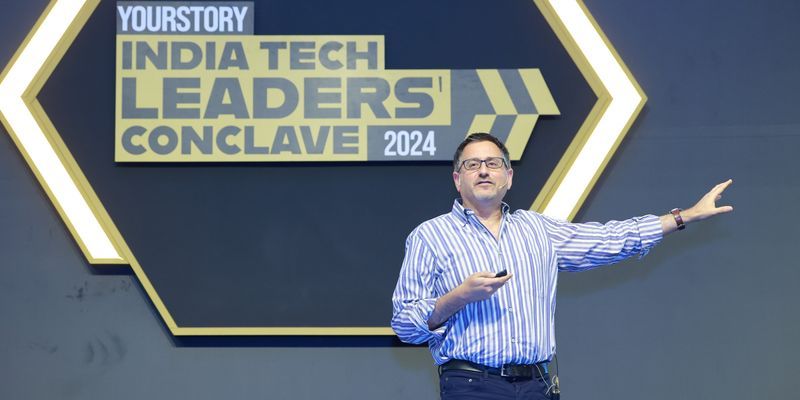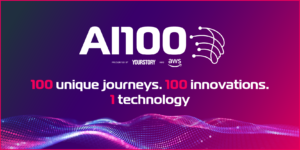
In the ever-evolving landscape of technology, striking a balance between cost efficiency and innovation has become a critical challenge for businesses. At YourStory’s Tech Leaders’ Conclave, this pressing issue took centre stage with Todd Greene, Co-founder and CEO of PubNub, delivering a riveting keynote speech where he shared his extensive experience and insights on navigating the complexities of the modern software industry. A seasoned entrepreneur with a track record of founding successful companies, Greene emphasised the importance of adaptability and strategic thinking in maintaining this delicate balance.
The evolution of the software industry
Greene began by reflecting on Marc Andreessen’s 2011 statement, “Software is eating the world.” This proclamation, he noted, has become more relevant than ever. Software now permeates every aspect of our lives, from cameras and parking meters to vehicles and beyond. This omnipresence has led to an explosion in the number of software developers and a proliferation of frameworks and tools. However, this growth comes with its challenges.
Greene highlighted significant changes in the macro economy, particularly the rise in inflation and interest rates. These shifts have transformed the landscape of venture capital, making funding less accessible and increasing pressure on companies to demonstrate profitability. This financial tightening affects not only small tech companies but also the spending patterns of Fortune 500 companies. The remaining venture capital is now highly concentrated in a few sectors, notably AI, leading to a trickle-up effect benefiting companies like Nvidia.
He emphasised the dual pressures faced by engineering leaders today: the need to be more efficient while continuously innovating to avoid disruption.
<div class="externalHtml embed" contenteditable="false" data-val="”>
Real-time experiences and the competitive edge
One of the key themes Greene explored was the transformative power of real-time experiences. He cited examples of ride-hailing apps like Ola and Uber, which have revolutionised the taxi industry, and neobanks, which have disrupted traditional banking.
“Real-time decision intelligence is making the competition much more fierce,” Greene explained. This shift underscores the necessity for businesses to leverage data and make quick, informed decisions to stay competitive.
Navigating the AI landscape
Greene noted that AI has become a significant disruptor, with many companies, especially those in the Fortune 500, heavily integrating AI into their strategies. However, he warned against the hype. His pragmatic view was clear: “The trick is not AI. The trick is cost-effective and scalable AI.”
He also identified a major inefficiency in the way many companies structure their software architectures. He pointed out that backend architectures, user experiences, API economies, and AI implementations often operate in silos, leading to integration challenges and slowdowns. His solution? An event-first approach. By designing systems to focus on the flow of data across these silos, companies can unlock greater efficiencies and speed up innovation.
“We’re architecting our software in the wrong way,” Greene asserted. He advocated for viewing the entire system as a single entity where events flow seamlessly, allowing for more effective implementation of AI, data syndication, and API consumption.
Greene’s vision of an interconnected, event-driven architecture presents a promising pathway for companies striving to stay ahead in a competitive, rapidly changing market.




![Read more about the article [Product Roadmap] How gaming startup Playerzpot evolved from an app that crashed during IPL 2018 to touch 5M users](https://blog.digitalsevaa.com/wp-content/uploads/2021/07/PRM-1627385832212-300x150.png)





